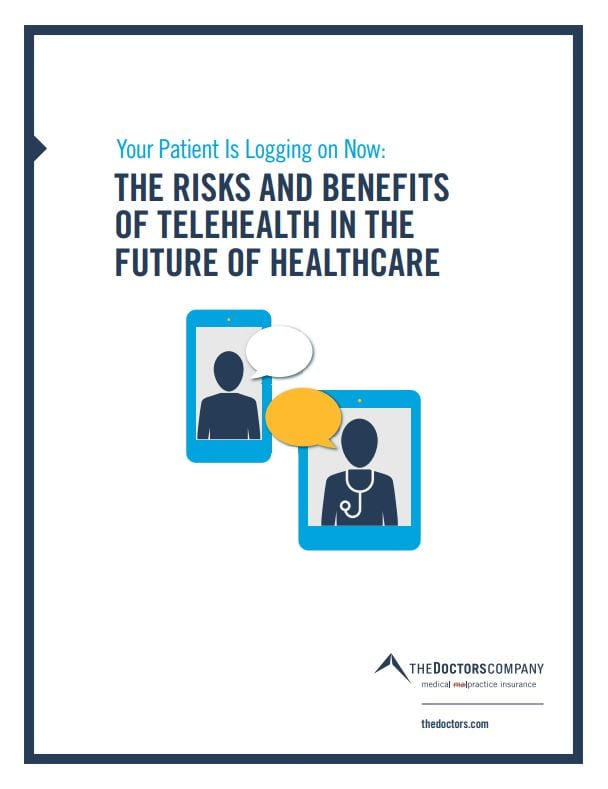What is Telemedicine?
Telemedicine is the practice of delivering medical services via telecommunications – this includes over the telephone, or over video calls with data encrypted tools. Most telemedicine appointments consist of the doctor consulting with a patient over telephone or video, then diagnosing and prescribing a treatment.
Telemedicine is great for many healthcare services, such as:
Important facts you need to know about practicing telemedicine
1. All telemedicine patients must be in states where the physician is licensed and authorized to practice medicine*
*Due to COVID-19 and the novel coronavirus, certain restrictions have been lifted. These relaxed restrictions apply to telemedicine. If you are not licensed in the state where the patient is located:
- Centers for Medicare & Medicaid Coverage has issued the following waiver for Medicare patients: “Temporarily waive requirements that out-of-state providers be licensed in the state where they are providing services when they are licensed in another state. This applies to Medicare and Medicaid.”
- As part of emergency declarations, many states have relaxed licensure requirements related to physicians licensed in another state and retired or clinically inactive physicians. Your state board of medicine or department of health will have the latest information as it applies to COVID-19 and your ability to treat patients.
- The Federation of State Medical Boards is tracking executive orders related to licensure: http://www.fsmb.org/advocacy/covid-19/
- CMS has expanded access to telemedicine services to Medicare beneficiaries, not just those that have novel coronavirus, during the COVID-19 Public Health Emergency. In addition to existing coverage for originating sites including physician offices, skilled nursing facilities and hospitals, Medicare will now make payments for telehealth services furnished in any healthcare facility and in the home.
- Regarding COVID-19, generally patient claims alleging negligence related to COVID-19 are covered, but it’s important to check your insurance policy’s existing terms and conditions.
2. The amount providers are reimbursed for telemedicine varies depending on the state’s legislation. Some states require that private payers reimburse the same amount for telemedicine as if the service was provided in-person. However, most states with reimbursement requirements leave this determination up to the payers. Most private payers reimburse at levels equivalent to in-person visits.
3. Patient data transmitted over the internet during telemedicine appointments is subject to HIPAA regulations, requiring telemedicine services be conducted over encrypted technology platforms. Video services like FaceTime or the free version of Skype do not meet this standard, but Skype for Business does.
4. Medical malpractice policy pricing for telemedicine varies by specialty, scope of professional services, patient volumes, hours per week, state, and carrier. An insurance broker can help you find the right policy for your situation.
Foreseeable Benefits & Risks of Telemedicine
The Doctors Company gives us a rundown of the upfront benefits and risks of telemedicine:
BENEFITS
RISKS


